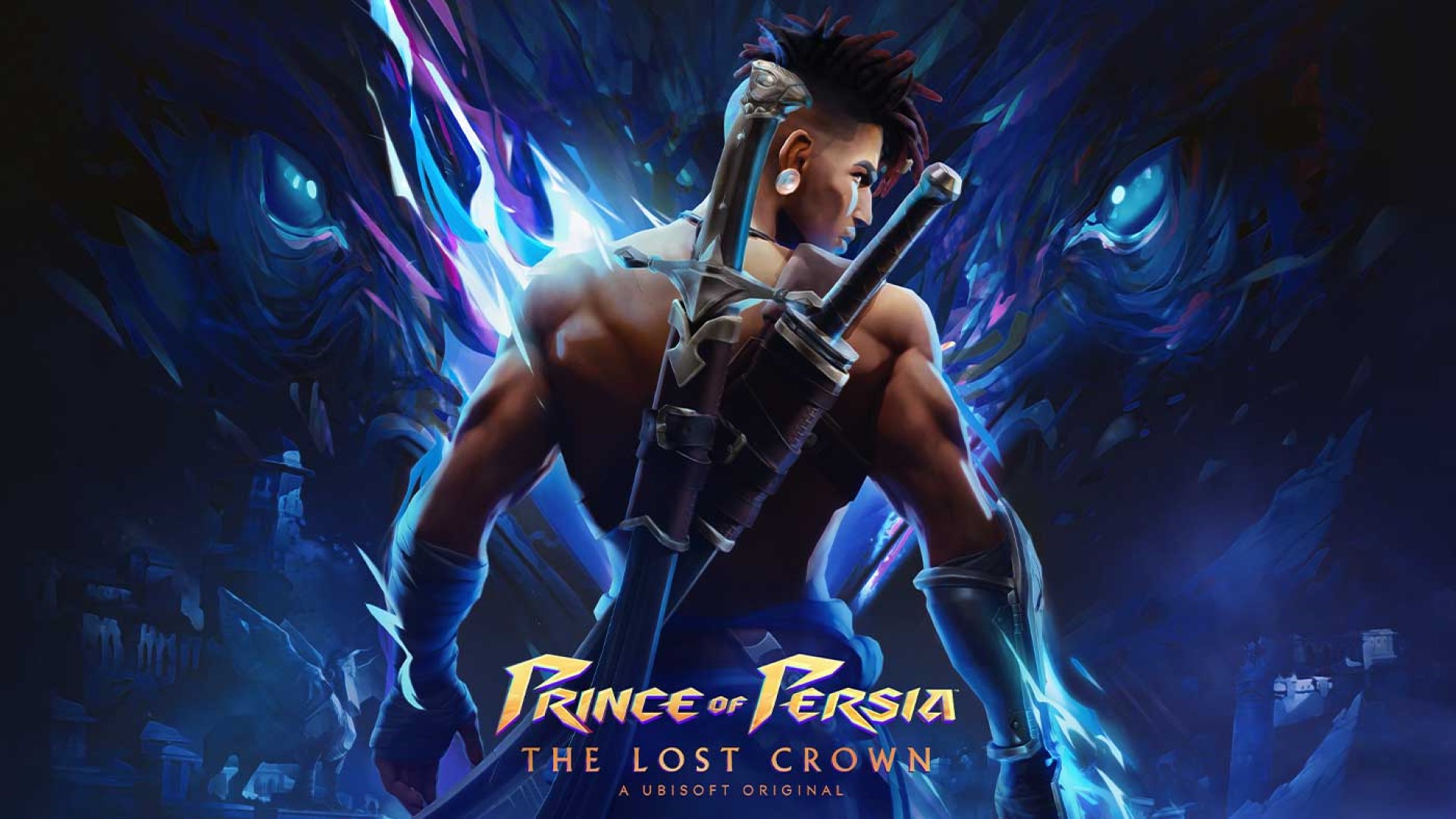Before Assassin’s Creed became Ubisoft’s flagship title, there was another license that shone for the French publisher both in terms of sales and prestige. This franchise is Prince of Persia, which experienced two prosperous periods. The first began in 1989 with its creation by Jordan Mechner, followed by a resurgence in 2003 when Ubisoft reacquired the license during its artistic peak and successfully modernized it with an exceptional approach. Unfortunately, through over-reliance on the franchise, Prince of Persia exhausted itself by 2010, especially as Assassin’s Creed had not only overshadowed it but also borrowed some gameplay mechanics for adaptation to its own style. As a result, Prince of Persia is now a license that doesn’t resonate with many, particularly the younger audience, much like Splinter Cell. However, Ubisoft aims to bring back the Prince of Persia into the spotlight by limiting production costs and adopting a different approach. Why not try the Metroidvania genre with a more authentic hero, yet contemporary? All these promising ideas have materialized in “Prince of Persia: The Lost Crown,” which we had the opportunity to test for approximately 4 hours recently, and it looks very promising indeed.
In 2023, the Prince of Persia character is designed to be both more authentic and contemporary. This new iteration will feature a representation of Sargon, with a darker skin tone that reflects the Mesopotamian peoples more accurately. Ubisoft Montpellier has also given him a modern touch, incorporating a fashionable haircut—braided rebel strands with closely shaved sides—to make him very much a figure of 2023. Additionally, he sports a robust warrior build and accessories like earrings and necklaces, alongside his mastery of swordsmanship. This combination creates a Prince of Persia that is well-suited to modern audiences.Sargon’s striking appearance complements his physical abilities, enabling impressive agility in navigating environments. His skills include jumping, double-jumping, forward dashing, parrying, counterattacking, using various weapons, possessing a superpower, and manipulating time. These capabilities offer a broad spectrum of gameplay options. However, consistent with the Metroidvania genre, Sargon’s abilities are not immediately accessible at the start; they are progressively unlocked throughout the adventure, enhancing both the narrative and the game environments as the story unfolds.
Between Tradition and Modernity
If Ubisoft refers to its game as a semi-open world, I believe the term “semi-open world” does not fully capture the nature of this type of game; it is more accurately described as a Metroidvania. Players will traverse landscapes repeatedly as Sargon acquires new abilities. This aspect highlights the expertise and craftsmanship of Ubisoft Montpellier’s teams. It is worth noting that these are the same developers behind Rayman Legends, demonstrating their proficiency in platformers. The level design and trap mechanics, which adjust according to character skills and physical evolution, approach genius—let’s be honest about it. Nintendo remains the undisputed leader in this genre, but Michel Ancel’s team, who regrettably left Ubisoft in 2020, are close contenders in reality.
Before Assassin’s Creed became Ubisoft’s flagship title, the French publisher enjoyed significant success and prestige with another franchise: Prince of Persia. This series flourished in two distinct periods: initially in 1989 when it was created by Jordan Mechner, and then again in 2003 after Ubisoft acquired the license during its artistic renaissance, successfully modernizing the game. Unfortunately, over-exploitation led to the exhaustion of the franchise’s potential by 2010, as Assassin’s Creed not only overshadowed Prince of Persia but also adopted some of its gameplay mechanics. Consequently, Prince of Persia has lost relevance with many audiences, particularly younger players, similar to Splinter Cell. In response, Ubisoft is planning a comeback for Prince of Persia by reducing production costs and adopting a new approach. One idea includes experimenting with the Metroidvania genre featuring an authentic yet contemporary protagonist. This concept has been realized in “Prince of Persia: The Lost Crown,” which we recently tested for approximately 4 hours. It appears to be promising.
The best approach for reviving the Prince of Persia series is entrusting its development to Ubisoft Montpellier. Leveraging their expertise in platforming and action gaming, particularly evident through titles like Rayman Legends, the French studio reconnects with the saga’s origins while infusing it with contemporary elements necessary for 2023 relevance. Featuring components such as platforming, action sequences, puzzle-solving, and boss battles, Prince of Persia: The Lost Crown offers a gameplay experience that is fast-paced, engaging, and balanced within a Metroidvania framework. Our hope now lies in maintaining consistent pacing throughout the adventure, with a final assessment to be provided upon its January 18, 2024 release, as it already positions itself as one of the year’s standout games.
Have any thoughts?
Share your reaction or leave a quick response — we’d love to hear what you think!

